Toi Moana Bay of Plenty Regional Council has narrowed its gender pay gap from 14% to 6% over eight years, after conversations with its staff and circuit breaking changes.
A stunning winter sun heats Bay of Plenty Regional Council's Edgecumbe depot - a slice of paradise and a place of reflection for Kirsty Brown.
The Rivers and Drainage Assets Manager has been at the council - in various roles - for more than 20 years.
A manager now, but it took time for Kirsty to get there.
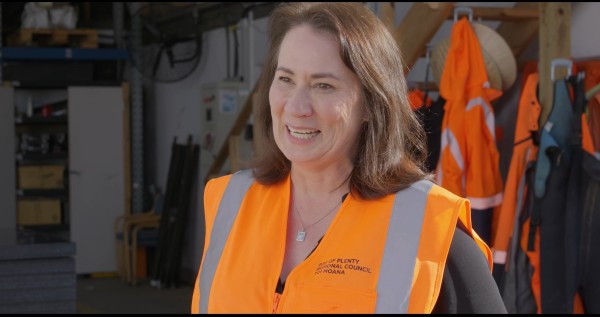
Kirsty Brown, Rivers and Drainage Assets Manager, Bay of Plenty Regional Council.
I've been at council for over 20 years. I started off in the records team delivering the mail. I was often asked to make the coffees or take the notes,
says Kirsty.
She had a supportive manager who encouraged Kirsty through her studies and professional growth.
When the Asset Manager role came up, Kirsty asked if she could try it out - and seven years later, No one's asked me for a coffee in a long time,
she quips.
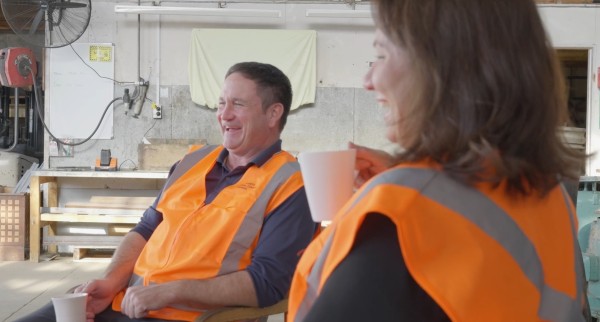
Daniel Batten, Rivers and Drainage Operations Manager, and Kirsty Brown, Rivers and Drainage Assets Manager, Bay of Plenty Regional Council.
Focusing on fairness to close the gender pay gap
I work with incredible people and we make a difference for the community and the people we serve,
says Chief Executive Fiona McTavish, proudly.
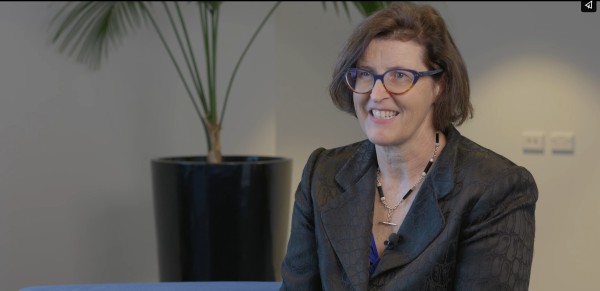
Fional McTavish, Chief Executive, Bay of Plenty Regional Council.
The pride extends to the council's circuit breaking shift in how it sees its pay and progression systems - and its commitment to internal pay equity and fairness.
We can't pay what the private sector pays, and so how our remuneration is distributed is really important.
The driver was actually equity, and that everybody was paid the same. So, when we talked about this reducing the gender pay gap, that wasn't really the driver here,
says Fiona.
The council’s General Manager of People and Leadership, Karen Aspey, has been a driving force.
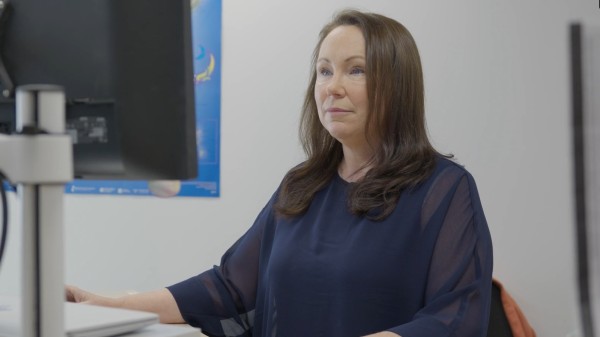
Karen Aspey, General Manager of People and Leadership, Bay of Plenty Regional Council.
The first thing we did was deeply understand what was important to our people. Transparency and fairness was a really big driver for our people.
Our gender pay gap when we started was 14 %, using the Ministry for Women Methodology, and it's now come down to 6% [over eight years],
says Karen.
The council embarked on three major systems changes, following deep discussions and formal consultation with its staff and union representatives.
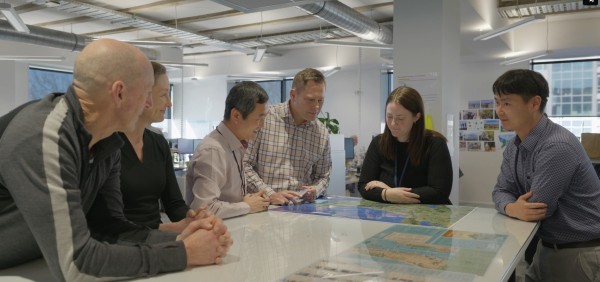
Unlink performance from pay
The council separated remuneration from performance.
From one to nine you were a number and that determined your renumeration. It was actually really demoralising for staff that they were a five, or a four. Nobody ever got a nine, which was the top of the scale,
says Fiona.
Working with our unions, we had that separation.
We have introduced a performance development framework. So, we're really focused on performance, but it's just not linked to remuneration.
Same grade, same pay
The council removed pay ranges, to provide pay transparency for staff in similar roles.
Once you've developed and you're fully competent within a role, everybody on that grade gets exactly the same pay, which gives transparency and clarity for our people,
Karen says.
Smooth out salaries
In a unique move, the council looked at how to share its “bucket of money” differently.
Karen explains:
We had a conversation with our people about redistributing the bucket of money that we’ve got available for annual pay reviews a little bit differently.
Through three stages of staff consultation, it was agreed that for a defined period the higher grades and the lower grades would actually get an equal amount of money in the annual pay reviews, rather than a percentage amount.”
“What this does for us is closes that gap between the higher and the lower grades and just really rebalances that pay equity within the organisation.”
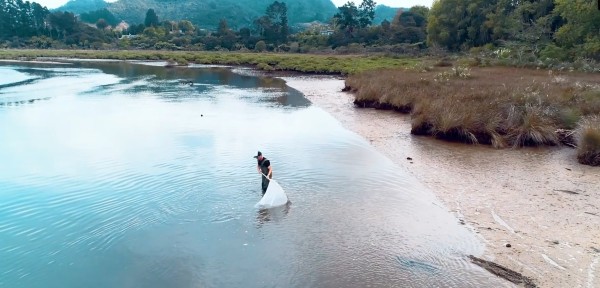
Positive impact on women
What this has done is improved both representation and pay for our women within our organisation,
says Karen.
Over the last eight years, we've seen a real shift in where women sit in the organisation.
As the council’s Chief Executive, Fiona reflects how managers leaned into the changes and how other organisations can follow suit.
I am so proud of that statistic and I'm so proud of this organisation.
My message to other chief executives is to talk to your staff. Find out what's important to them. If they say, like the staff here, that fairness and equity is what drives them, then look at your system and make the changes. Take people with you and more importantly, really focus on leadership and what your leaders are doing in that system.
It's worked for us and I'm pretty confident it'll work for you as well.
